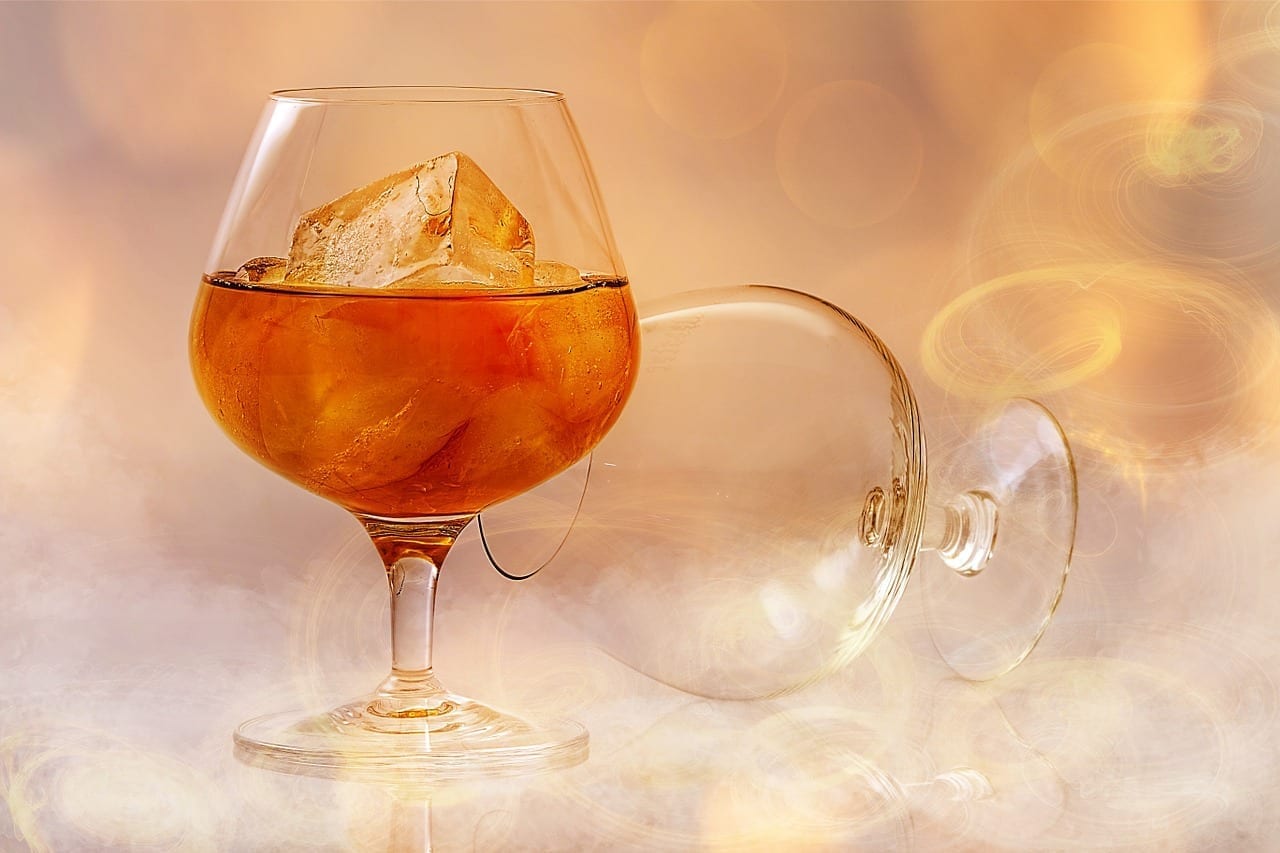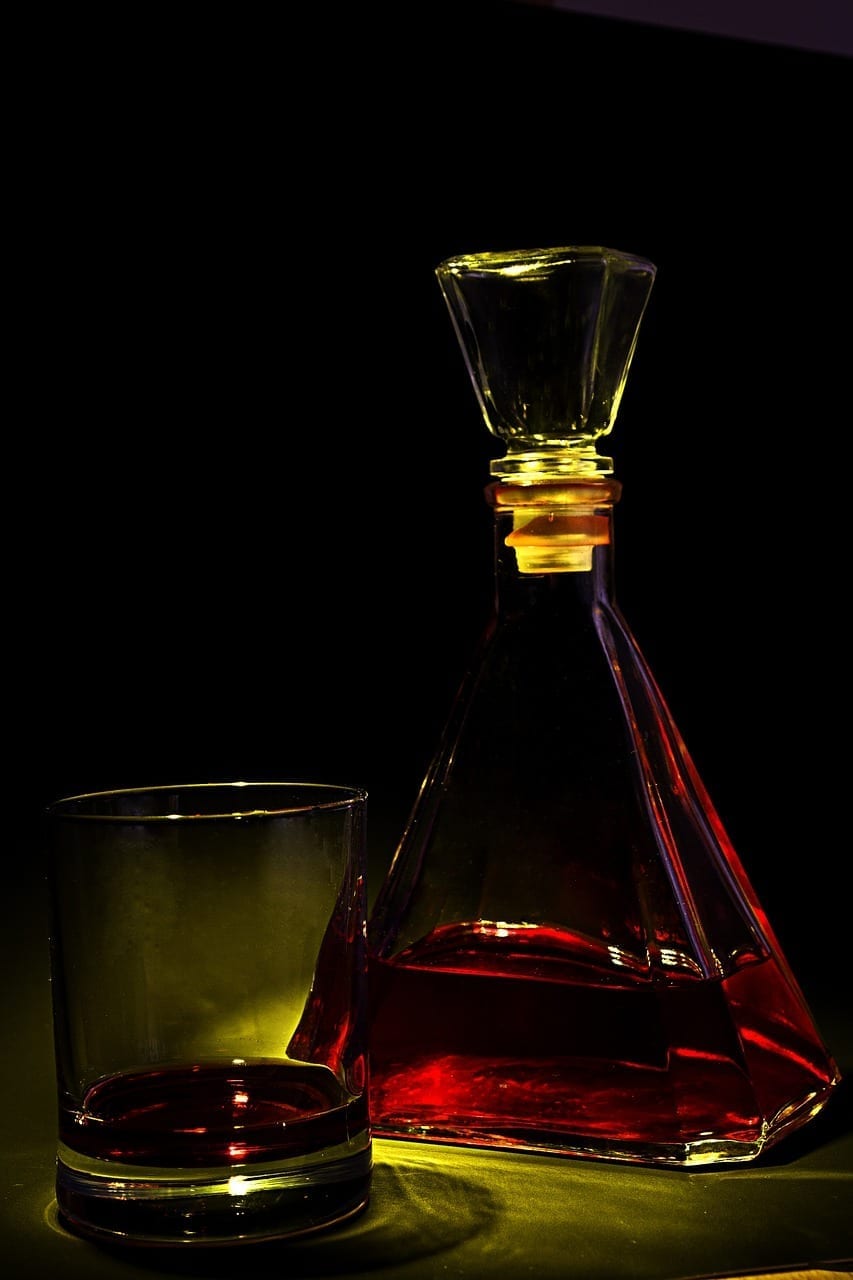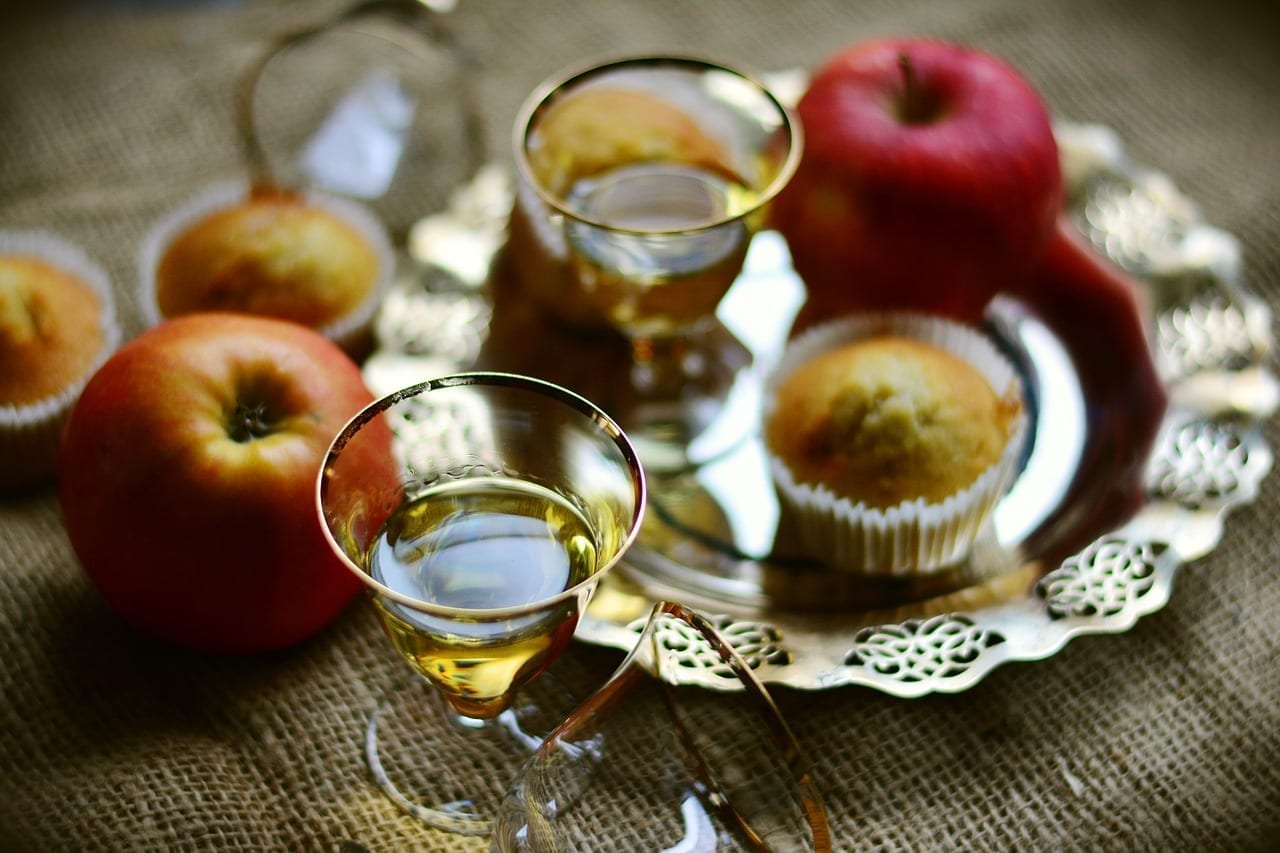Tags: Fortified wines and brandy. Wine. Red. White.
Over recent months we have covered the winemaking skills with table wines and sparkling wines but there are two segments which were the heroes of the industry only forty years ago but now hardly get any coverage at all, and that is fortified wines and brandy which to some degree are linked.
When I joined Kaiser Stuhl in 1980 the public drank sweet white wines, casks and flagons, cheap sparkling wines, sherries and port but only 3% of wine drinkers drank the excellent red wines we produced. In those days our wines carried names such as Minchinbury Champagne, Houghton White Burgundy, Moyston Claret and hock was still around and many brandies also had the word hospital on the label, also popular were cold and white duck and porphyry pearl, how marketing and labels have changed!
It is sad that fortified wines and brandy have lost popularity as Australia makes these products that match any country in the world, it is unfortunate that our fortified wines have lost the words port and sherry as this could have helped the consumer leave the products on the shelves, let’s try and set the records straight.

Australia has been producing grape spirit for over 150 years from Sultana grapes which there was an abundance of, initially, this was for the production of fortified wine, but in the 1920’s the production of true brandy began in South Australia where a coppersmith produced a pot still and the product took off.
Fortunately the word Cognac was never used and here in Australia the brandy market is strictly regulated with the finished spirit having to spend a minimum of two years in barrels before being bottled and nowadays very few wineries even make brandy, the largest seller and best quality is St. Agnes from Angove’s where their three star is the most popular in the country and they make a V.S.O.P five-year-old, an X.O. 15-year-old, an X.O. Imperial 20-year-old and a magnificent 40-year old Grand Reserve which retails at over $500 per bottle, the X.O. products can be a match for most Cognacs so if looking to buy one don’t, buy a St. Agnes instead, no other brandy maker in Australia can come close to producing a quality product such as this because they don’t have the museum stock that Angove’s have been storing away since the 1920’s, and some of the other labels on the shelves probably contain brandy made by Angove’s any way.
Brandy can be made from any fermented fruit and are easy to manufacture and doesn’t need to use premium grapes. White wine is boiled in a small copper still for fine brandies or continuous still for commercial brandy at a temperature between the boiling point of ethyl alcohol and the boiling point of water, the resulting vapours are collected and cooled. The cooled vapours contain most of the alcohol from the original liquid along with some of its water, and then the process is then repeated (double distilled) which increases the alcohol level to around 72% which is then reduced to 40% using distilled water and it takes around 34 litres of wine to produce 3.8 litres of brandy.
The first distillation takes around eight hours, 13,249 litres of wine have been converted to 4,542 litres of a concentrated alcoholic liquid at around 26-32% alcohol. After the second distillation the brandy is placed in oak casks and allowed to age which is where it develops its colour, the more commercial brands spend two years and as they age the quality increases and the product softens on the palate and absorbs the oak flavour of the barrel, and attracts a higher selling price.
The brandy also loses around 1% of its alcohol per year for the first 50 years and is known as ‘on oak”. A fortified wine is a delicious viscous wine-based treat that can be served before dinner as an aperitif with a bone-dry fino sherry or an after dinner drink such as a fine port. The most common types of fortified wines are Port, Sherry, Madeira, Marsala, and Vermouth and are made from a variety of wine grapes then a neutral grape spirit or brandy is added to fortify the wine and the time the wine is allowed to ferment will determine whether the finished product will be sweet, medium or dry.
Many fortified wines undergo aging in wooden casks with the cheaper the wine the less time it has spent aging in oak, but the more expensive wines can be a blend of different ages the wines have been kept in the barrels, sometimes even a small amount as old as fifty years or more can be blended into a port, tokay or muscat. Port, which originated in Portugal is the best known fortified wine and comes with names such as tawny, vintage, ruby and white port.

Generally port is made using red wine and the two styles we are familiar with are tawny and vintage. Tawny is made by blending several vintages together from a system known as the solera aging system where the barrels of wine are stored on top of each other, the oldest at the bottom. The older the components determine the price the wine is sold for, Penfolds Club, for example, has an average age of five years whilst Grandfather contains material that has been aged for fifty years. Tawny Port is made from aged casks whereas vintage port is bottled using young fortified material and ages in the bottle in a similar fashion to a fine red wine, when you open a vintage port it is normally necessary to decant it as a lot of sediment will have formed in the bottle which is quite unpleasant, it should also be consumed within days as it will deteriorate very quickly.
Sherry originated in Southwest Spain and is made in a similar fashion to port but uses white grape varieties and ranges in styles from Fino (dry and light bodied ) Oloroso (dry but richer) to medium and sweet. Although in Australia we cannot use the terms such as Port or Sherry many fine examples of fortified wine styles still exist on the liquor store shelves such as Galway Pipe 12 Y.O Tawny, Penfolds Club Tawny, Penfolds Club Reserve Classic Tawny, Seppeltsfield Para 21 Y.O. Tawny, McWilliam’s Hanwood Estate 10 Y.O. Grand Tawny and Stanton and Killeen Vintage Fortified. With Sherry look for names such as Apera, Fino and Flor on the labels, brands such as Seppeltsfield DP 116 aged Flor or All Saints “The Keep” Golden Cream Apera.
Although the names are now confusing it is well worth the effort to seek these wines out as there are bargains to be had with Australian fortified wines just look at the medals on the labels. I have noticed that Liquorland at Sylvan Beach has had some excellent deals on Rosemount Chardonnay and Rapaura New Zealand Sauvignon Blanc.
If you can’t get away from the island, well worth a visit. Cheers, Philip Arlidge [email protected]
Other Articles
https://thebribieislander.com.au/wine-wine-wine-tell-something-dont-know/
